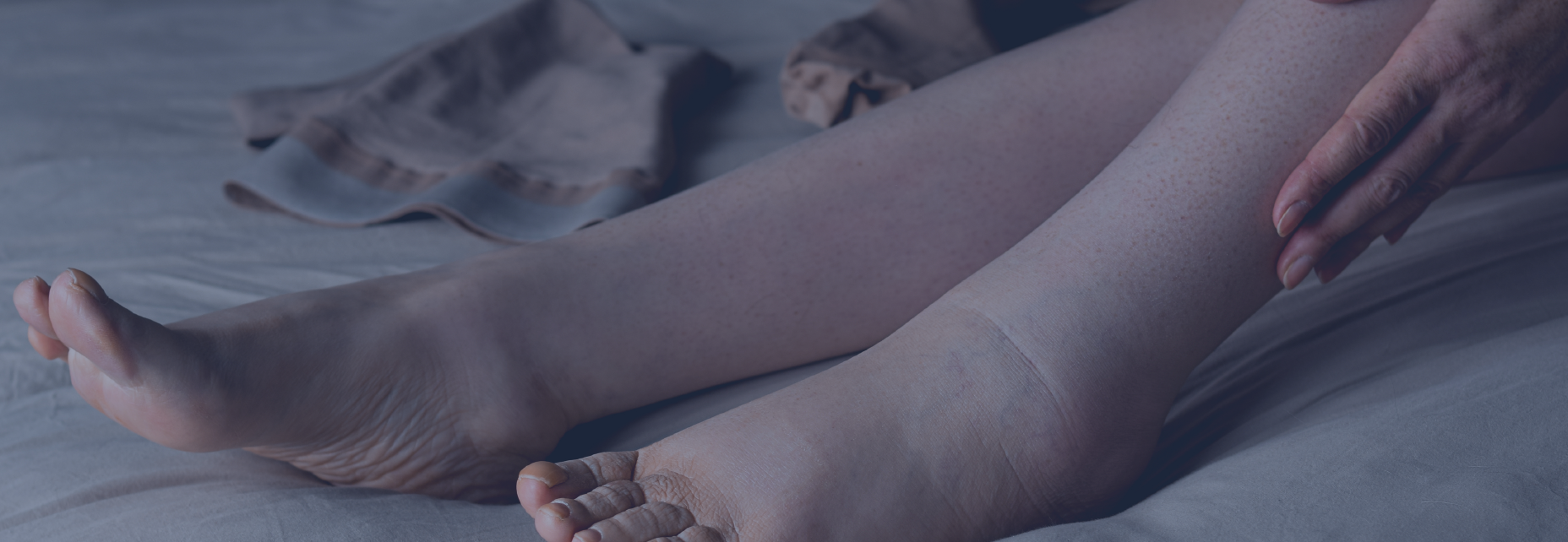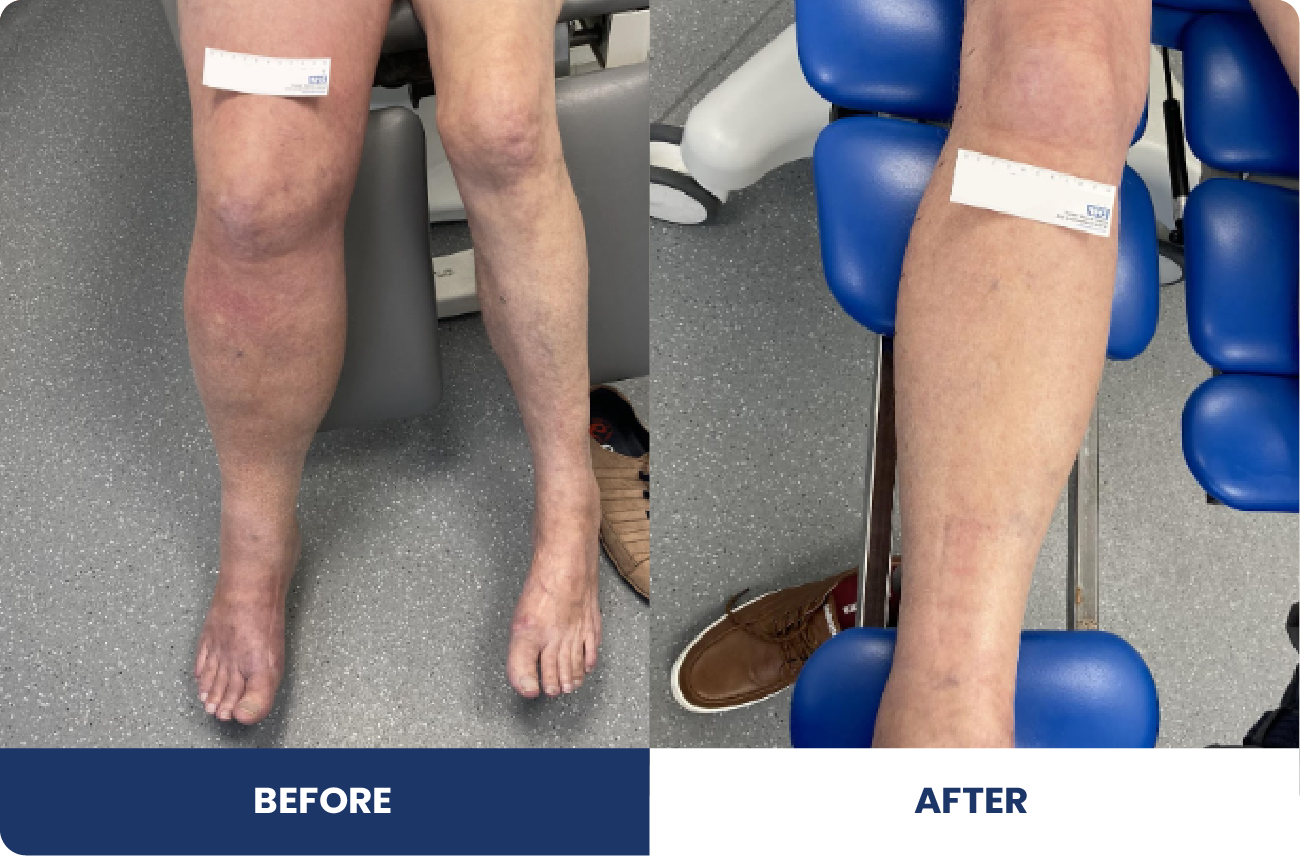
Lymphoedema
 Lymphoedema
Lymphoedema
Welcome to our Lymphoedema information page, your dedicated resource for expert care in Lymphoedema management. Our team of highly trained specialists is committed to providing advanced, personalised treatment and care for a range of lymphoedema and lipoedema needs. From initial assessments and diagnosis to tailored treatments and aftercare, we are committed to caring for your individual needs.
Understanding the difference between Primary and Secondary Lymphoedema is crucial, and this comes down to what has damaged the lymphatic system and how.
Primary Lymphoedema:
Primary Lymphoedema is a rare, chronic condition that causes swelling due to a genetic defect in the lymphatic system from birth. It may be that there are too few, too big or defective lymph vessels/nodes and whilst the issue may not be apparent at birth, it may develop some years later.
Secondary Lymphoedema:
Secondary Lymphoedema is a chronic condition that causes swelling in the body’s soft tissue due to a buildup of lymph fluid. It is often caused by cancer treatments, infections such as cellulitis, dependency and imboility, and direct trauma to tissues.
Lymphoedema Management – The 4 Main Areas
Skin Care:
Having a daily skincare regime is essential. You need to be washing, drying, and hydrating the affected limb area at least daily.
Exercise:
Gentle exercises will help to activate each muscle group and joint of the swollen limb, encouraging lymph flow and draining. Activities such as swimming and walking are ideal for this.
Compression Therapy:
Applying compression will assist in the flow of fluid back into the lymph vessels & support venous return. Doing this reduces limb size, improves skin condition & reverses shape distortion.
Lymph Drainage:
Lymph draining stimulates fluid drainage through unaffected lymph vessels. This technique involves skin movement with the hands.
There are two types of lymph draining:
MLD
(Manual Lymph Drainage)
SLD
(Simple Lymph Drainage)
Whether you or a loved one is dealing with Primary or Secondary Lymphoedema, we’re here to help.

FAQs
This is a medical massage that manually pushes the fluid out of the tissues. It should be provided by a qualified Lymphoedema Practitioner who understands your condition fully. MLD is offered at Pioneer clinics by qualified Lymphoedema Practitioners. Manual Lymphatic Drainage (MLD) is a specialised massage technique designed to stimulate the lymphatic system and promote the movement of lymph fluid, which helps reduce swelling and support overall lymphatic function. It involves gentle, rhythmic, and precise hand movements performed by trained professionals. MLD can be particularly beneficial during the decongestive phase of lymphoedema treatment to enhance swelling reduction and may also be used as part of ongoing maintenance to prevent fluid build-up.
Currently, MLD for limb lymphoedema is not commissioned by the NHS in most areas. However, it is available privately through Pioneer clinics for those who wish to include it in their care plan.
While MLD can be an effective component of lymphoedema treatment, it is typically most beneficial when combined with other therapies such as compression garments, skin care, and self-lymphatic drainage exercises
The first sign of oedema is often swelling in the ankle or back of the hand, which typically resolves with rest and elevation overnight. Affected areas may feel sore, warm, irritated, or appear darker in skin tone. Over time, the swelling can become persistent, firmer, does not go away overnight and changes in the skin can be seen. Addressing this early provides more treatment options, but even in advanced cases, significant improvements can often still be achieved.
While lymphoedema is generally not curable, it can be effectively managed, and swelling can be controlled. For lower limbs, regular use of compression garments or wraps is often necessary due to the effects of gravity. However, it may be possible to optimise oedema management to the point where compression is not always required, or short breaks—such as for special occasions—can be achieved, though daily use is typically preferable for consistent control.
For oedema affecting other areas, such as the head, neck, breast, or arms, compression garments may not always be necessary. Instead, we can support you in learning self-massage techniques and targeted exercises to manage swelling, using compression as needed.

“I wanted to pass on my thanks to the nurse that has been looking after me at pioneer
The Nurse has gone above and beyond in clinic and makes me feel comfortable. She is very special makes me feel comfortable and supported on every visit – She is one in
a million”


